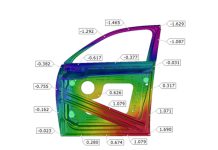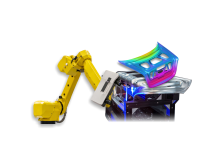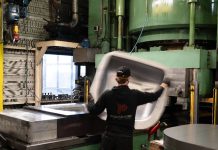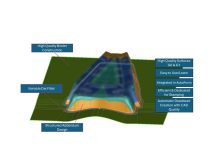For years, AutoForm has been recognized as an industry standard for virtually every automotive OEM and leading tooling and stamping suppliers worldwide. Our software products provide a powerful range of features for the digital planning and validation of sheet metal forming processes. Customers use our technology to improve tooling design, increase tool and part quality, reduce lead time, and save money.
Organizations typically experience a “silo effect” mentality, where departments tend to focus on their own internal responsibilities and information is not freely shared. In a stamping organization, the tooling and part problems often make it into production before being reflected to the original source. This behavior is highly reactive and costly, slowing down production.
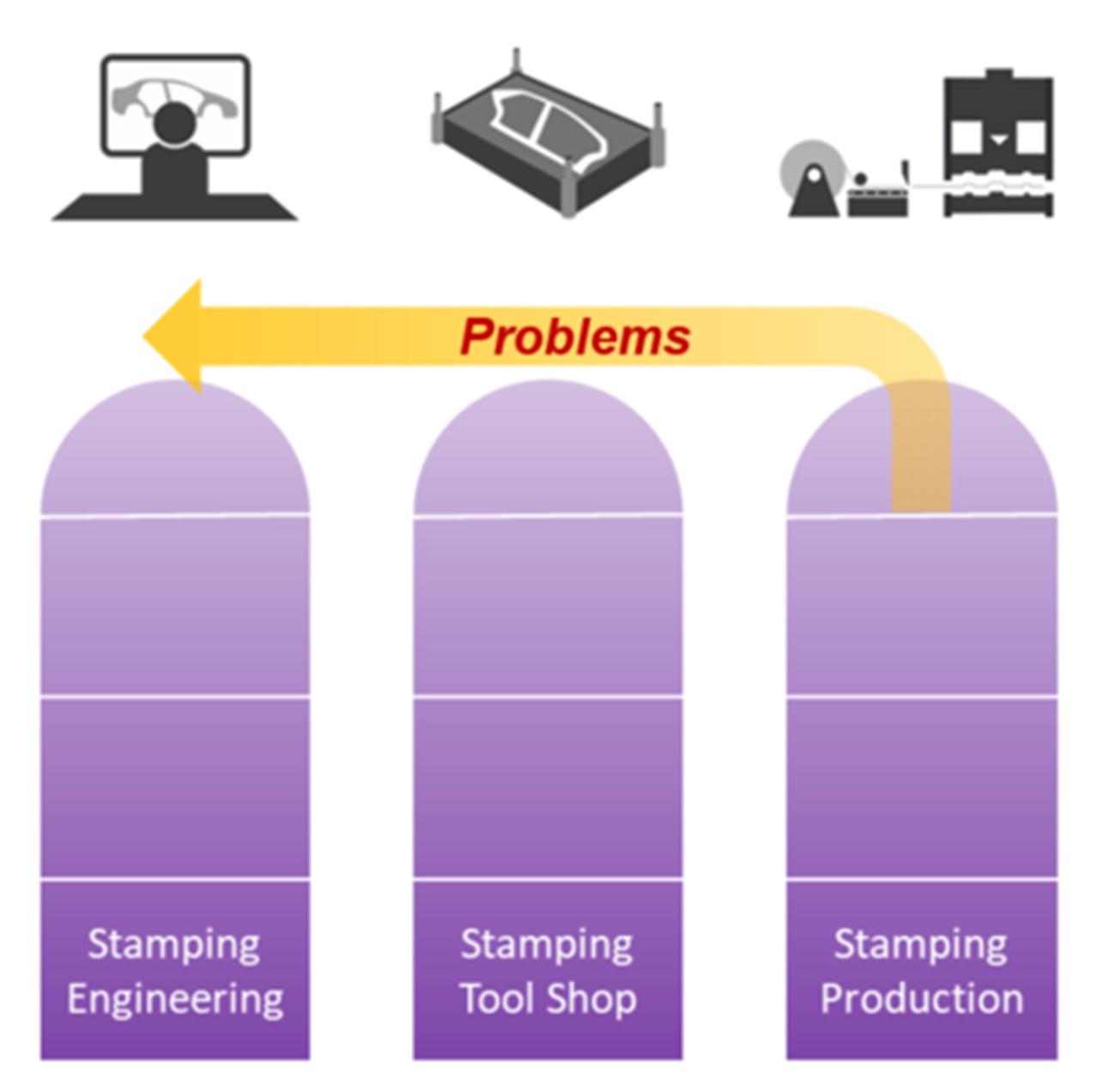
Our software solutions have helped bridge the stamping process, facilitating detailed feasibility and design studies to mitigate major problems in production. This has led to more proactive behavior within organizations, with solutions traveling downstream.

While this use of digitalization is great for users, producing stamped parts of high accuracy and quality, these parts are simply pieces of a much larger puzzle.
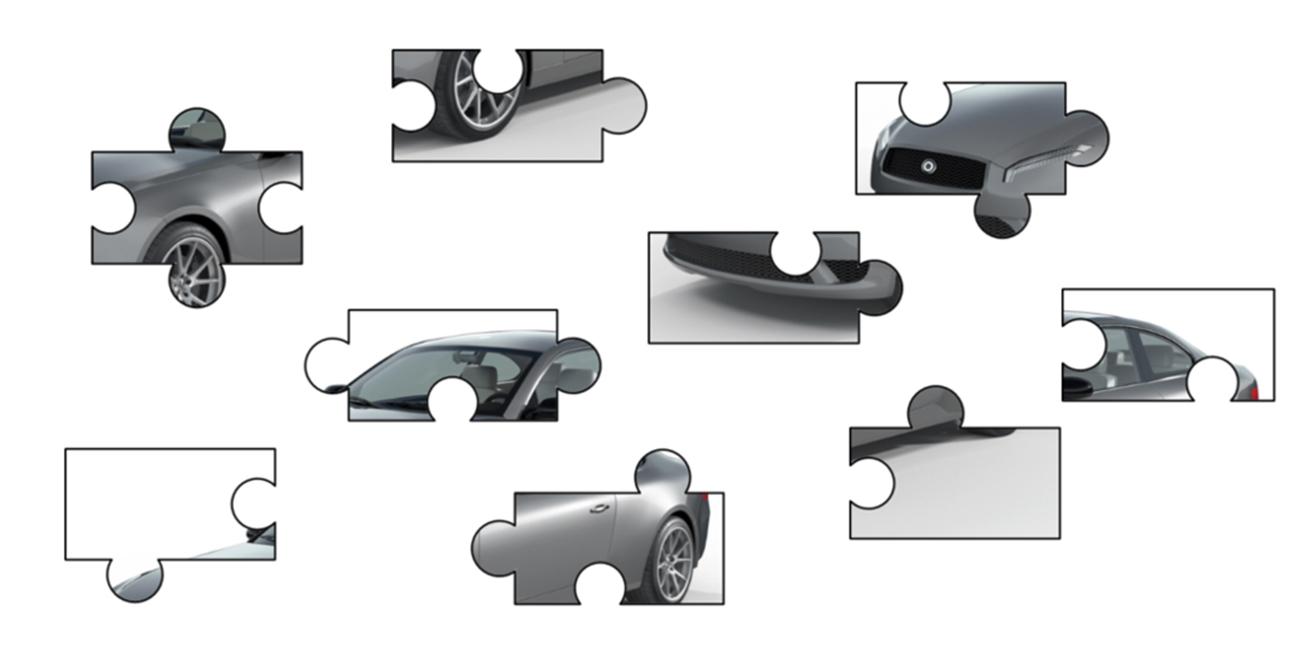
Parts come together to make products, and the designers using CAD software to create these products can build perfect layouts illustrating how these puzzle pieces come together. The goal of the product assemblers is to match the original design intent, but once parts become influenced by springback, tolerance stack-ups and gravity, the build accuracy suffers. Often, tooling must be modified late in the process to change part geometry and yield better assembly accuracy. This is very costly and significantly impacts the schedule.

To address these customer challenges, AutoForm decided to expand digitalization to include assembly processes, allowing part manufacturers and product assemblers to see the impact of these variables when building the final product. The idea was not only to bring parts together to simulate joining, but to add hemming for closures as well. Ideally, customers could create a digital twin of their process, with the intent to create a physical clone of this same process in reality.
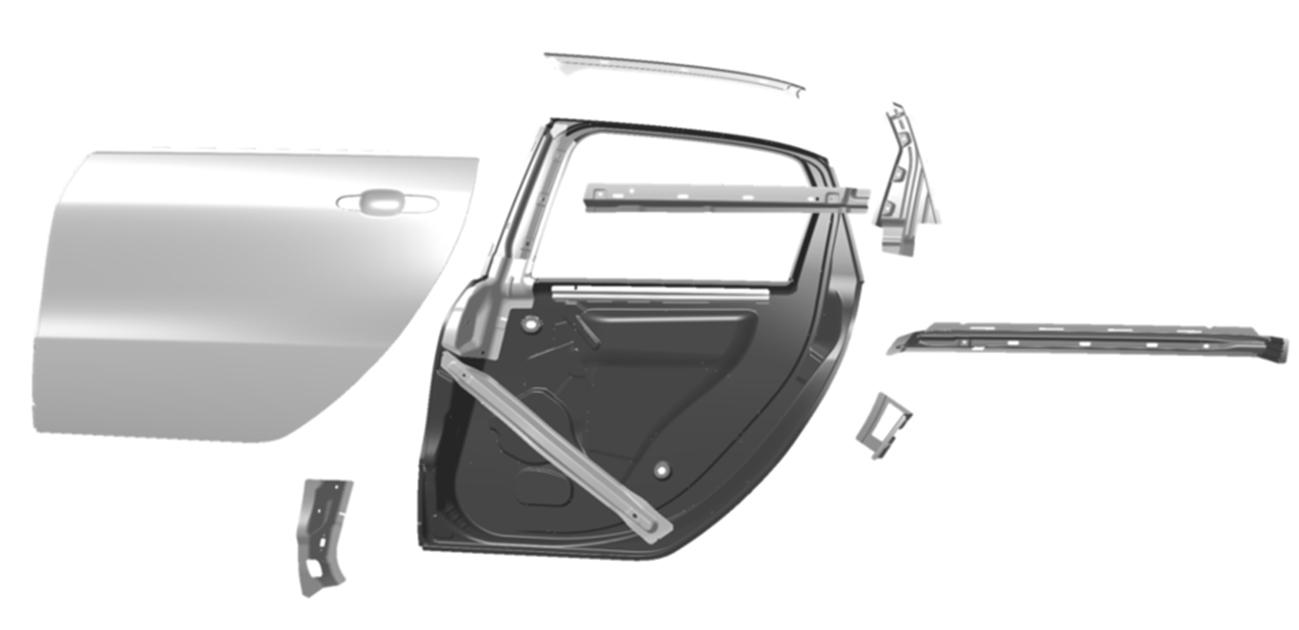
By adding this capability to the portfolio, customers can now improve communication within their organization, allowing solutions to reach further downstream. The focus can now expand to building high quality products, and not just high quality parts.

In turn, this allows for improved decision making, reducing lead time and cost while increasing quality of tooling and parts.

AutoForm’s latest BiW assembly innovations will allow users to import nominal part geometry in a range of formats and assign critical material properties for each. Next, they can determine the number of processes needed to complete the assembly, and for each define the insertion order and angle of the parts, requisite clamp and pilot positions, and location for each join (weld), which can include up to 3 sheets. Finally, users can adjust the joining sequence if applied via robot.
Upon simulation completion, users can identify deviation of the assembly from nominal data. Additionally, the clamping force requirements to hold the parts together are viewable, along with the forces required at each join location.

With this information, users can see the influence of added parts to the assembly; even with nominal parts, small deviations are to be expected. As seen below, an assembly with hemming, using completely nominal geometry, does not yield a nominal outcome. Upon viewing the physics added through hemming, users now have important information to consider.

Once the base simulation is established, users can replace the nominal data with the forming results. This now combines the stresses and strains generated during forming, and the resulting part springback, with the assembly process to understand the influences of this added information.

By completing this study, the user can identify the parts that impact overall accuracy, apply compensation to specific parts to improve the overall result, and ultimately arrive at an assembly that is more accurate and robust in production. This information may also add insight into tolerance needs for critical areas.
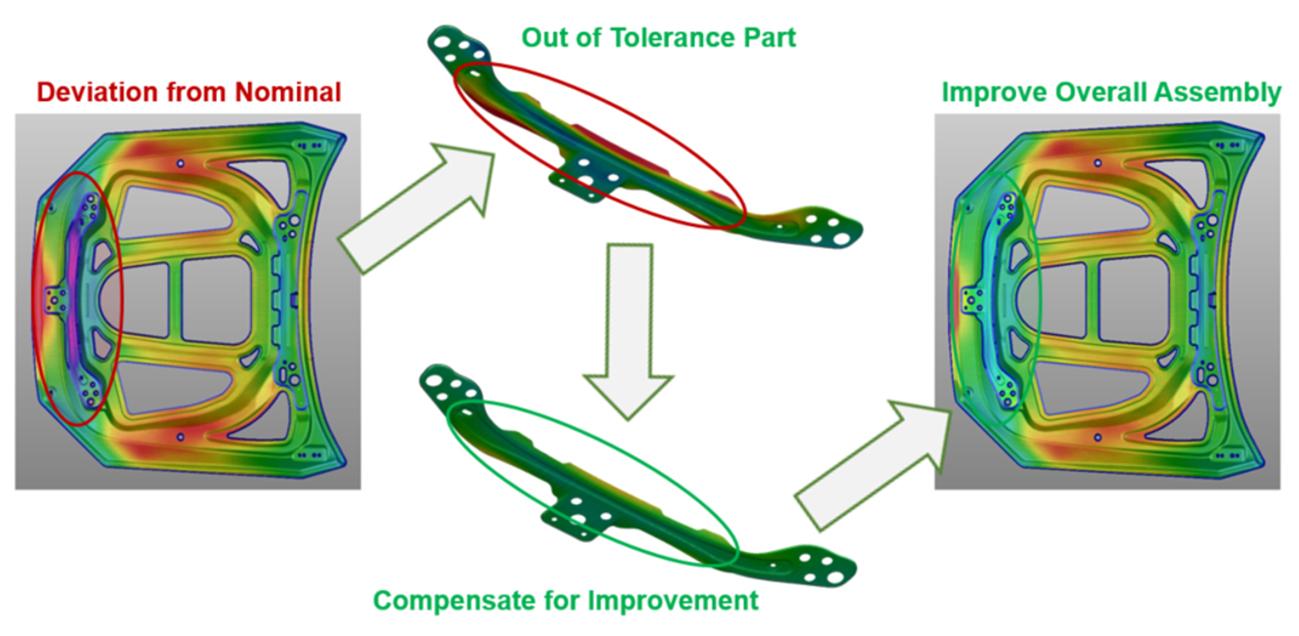
An additional feature of AutoForm Assembly is the capability to import scanned part data. Users can import the accuracy condition of physical parts from the production floor (via scanning) to capture that assembly result as well. This affords users a chance to develop virtual countermeasures to physical problems, and make specific requests for tooling or part changes as needed to optimize build accuracy.
In short, AutoForm’s latest assembly solution is a new tool that expands the digitalization of stamping and assembly processes. The software facilitates collaboration between the part makers and product assemblers to attain the highest quality while reducing cost and lead time, which are both critical to success. Further, it allows construction of a complete digital process to clone in reality, the increasingly important digital twin. For more questions, or to learn how AutoForm can benefit your assembly team, contact your local AutoForm professional.
You may also want to see a full video of our assembly solution here.





